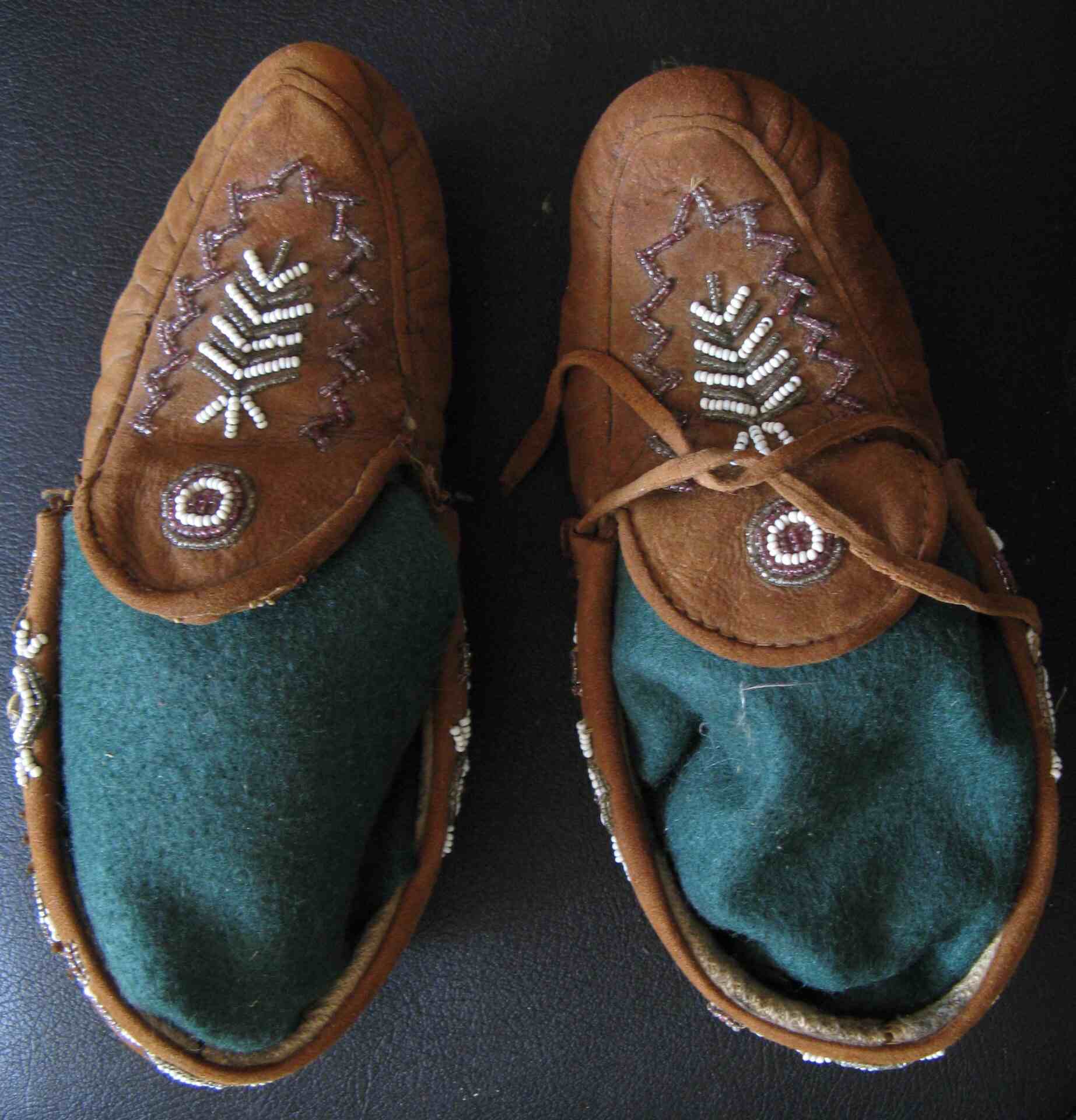Art Background

Paul-René at Canada Day Odanak Reserve, PQ, 1997 with Cécile Wawanolet & Molly Keating
Five Decades of Excellence ─ Our Story, the Origins & More
The name "Sunrise Drum" combines the Wôbanaki ('People of the 'Dawn' or 'Sunrise') with Paul-René's last name <Tamburro> meaning "drum." His Abenaki name, translated to him by Cécile Wawanolet (pictured in the far left), also contains the word 'drum': MôjassadopSpiwiPakholigan – "Began with a Drum."
"Began with a Drum" given to him during his adolescent years while a participant in the East Coast "Powwow circuit," reflects a large amount of time spent sitting at the drum learning Northern, Southern, and Eastern song traditions.
Molly (on the far right of the picture) is wearing a broach made by Paul-René.
Over Fifty Years Learning Art & Culture
Paul-René Tamburro's art goals focus on continuing an expression of the Indigenous cultures of Eastern Turtle Island Peoples. He grew up surrounded by Indigenous perspectives from Elders and cultural participants, including years at pow-wows. Later, he has continued work in Indigenous communities as an educator, social worker, and artist. Today many people express pride in their Indigenous heritage or tribal/ band enrollment – language & culture have been harder to maintain. Sunrise Drum attempts to keep a high standard & a continuing expression for Eastern Woodland art in the world today.
Paul-René learned chasing and repoussé silver and copper work through an apprenticeship in the 1970′s. He has worked in the Indigenous World all of his life. His ancestry is mixed Amerindian, European and African.
He is enrolled in the Nulhegan Abenaki (VT) https://abenakitribe.org/ and involved in the Shawnee Piqua (AL) through marriage.


Grandmother's Shoes and Great Stories
During childhood, Paul-René spent many summers with his grandmother. Here he was surrounded by beads, baskets, feathers, and bead work such as his great-grandmother's moccasins in the picture. Also, he was raised with the family stories of traveling up and down the St. Lawrence River to Newfoundland and back. The family lived in both places. He feels several members of his family maintained connection with Indigenous culture, which as difficult to do in most of New England. He was sad to see so much potential lost and kept the desire to help continue the language and culture any way he could- including through his art and teaching. When he would visit reserves such as a child he heard many people speaking their language regularly. Today the indigenous language is almost only heard in classrooms and a few families. He is trying to continue the artistic aspects of the culture and connect it to Indigenous language.

